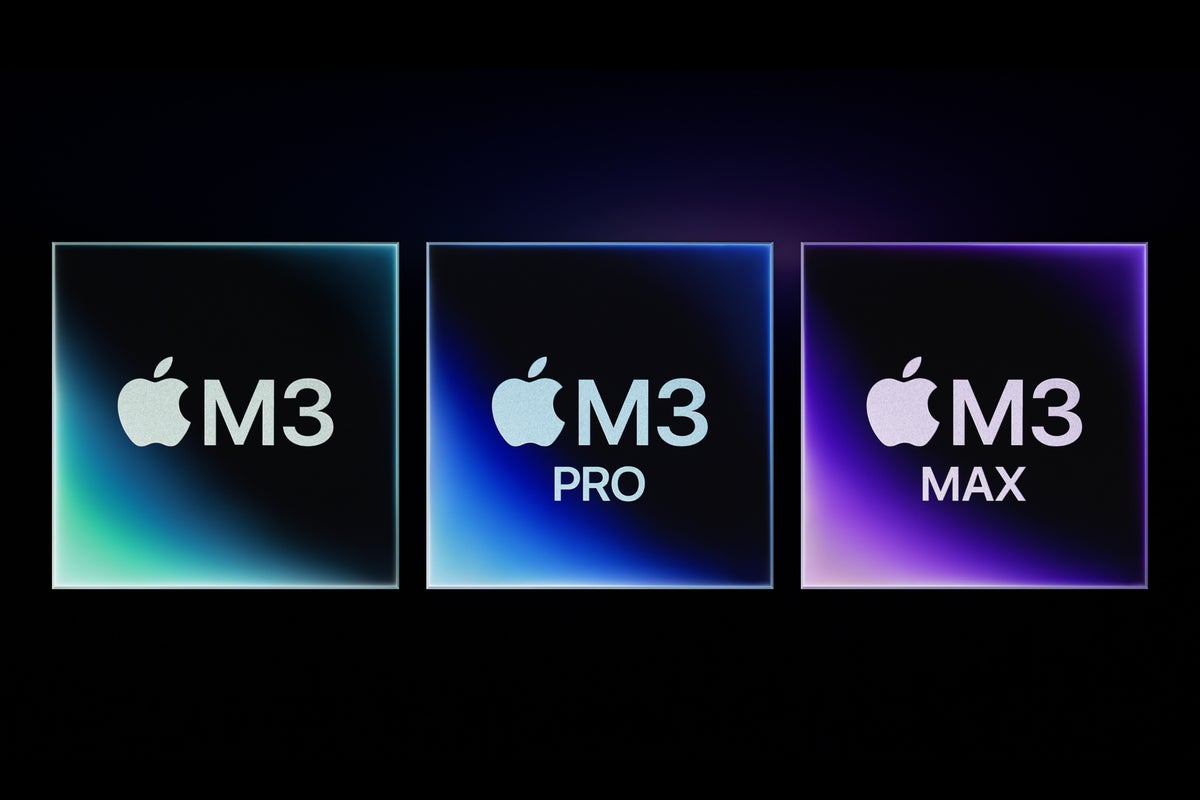Apple’s pre-Halloween Scary Fast event did indeed see the introduction of faster M3 series Mac notebooks capable of impressive computational performance at low power, equipped with more max memory than we ever thought we’d see in a Mac. These are indeed 3-nanometer chips, an industry first.
Despite earlier speculation, the Monday evening event didn’t see any games news, a new iPad mini, or USB-C across the company’s range of Magic accessories. The company did, however, introduce a new M3 — and removed the very last Mac with a touchbar from sale.
What Apple introduced
As anticipated, Apple introduced the following three Macs, (with starting prices):
14-in. MacBook Pro range with M3 ($1,599), M3 Pro ($1,999), or M3 Max ($3,199) processors.
16-in. MacBook Pro range with M3 Pro ($2,499) or M3 Max ($3,499) chips.
24-in. 4K Retina iMac with an M3 chip, from $1,299 (8-core GPU), or $1,499 (10-core GPU).
Support for Wi-Fi 6E and Bluetooth 5.3 and the inclusion of 1080p videoconferencing cameras. (It might be time to invest in Wi-Fi 6E for business networks.)
M3 chips for dummies
Apple’s 3-nanometer M3 range has arrived in force. That they show up in shipping products so soon after Qualcomm introduced chips said to compete with the M2 processor may not be deliberate, but the story remains the same: Apple’s processors lead the industry.
The move to smaller processors has been accompanied by miniaturization in the transistors. The M3 offers 25 billion, up 20% on the M2. The M3 Pro brings 37 billion transistors, while the 40-core M3 Max delivers 92 billion.
As you’d expect, the three chips (M3, M3 Pro, M3 Max) all offer better performance at low power and have also been tweaked at a GPU level to deliver improved support for pro apps and games. That extends to powerful Dynamic Caching to support hardware-accelerated raytracing.
Apple says these processors run up to 11x faster than the fastest Intel-based MacBook Pro.
Given the sheer capability of the last Intel-powered 16-in. MacBook Pro I looked at, this is a giant leap in performance in just four years.
Speeds ‘n Feeds
Back in 2019, Apple used to pretend speed data didn’t matter. That was then.
These days, the company can’t seem to stop talking about the advantages of Apple Silicon. What follows are some of the flotilla of statistics the company chose to share to stake its speed claims:
Rendering speeds are up to 2.5x faster than the M1.
CPU performance cores and efficiency cores are 30% and 50% faster than those in M1.
Neural Engine is 60% faster than the Neural Engine in the M1 family.
The performance cores are up to 30% faster than those in the M1 family.
The efficiency cores are up to 50% faster than the efficiency cores in M1.
The GPU is 65% faster than the M1.
Battery life reaches up to 22 hours.
The M3 chip supports up to 24GB of unified memory and one external display. If you need more, the range scales up to 128GB of unified memory with the M3…
2023-11-02 18:41:02
Article from www.computerworld.com
